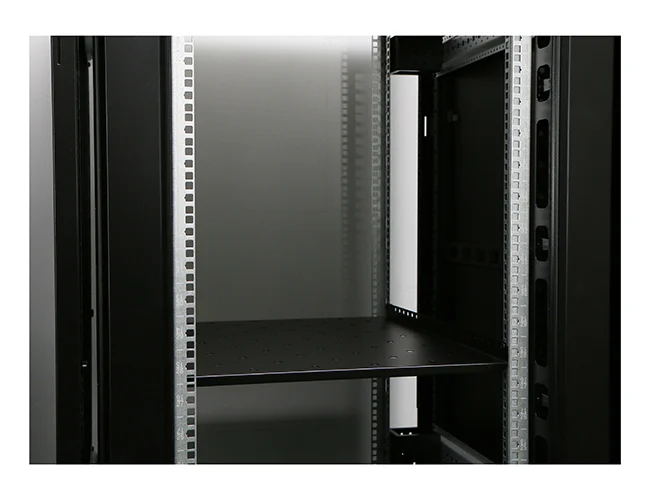News
Site Editor
 Site
https://leonetworkgroup.usa18.wondercdn.com/uploads/image/5fe152faa587d.png
Patch fiber cable involves connecting one fiber optic cable to another fiber optic cable or device. Fiber optic cables transmit data by using light signals to encode and decode digital information. They are widely used in telecommunication, networking, and broadcasting industries. Patching is a crucial process in the maintenance and installation of fiber optic networks. Here are the steps to patch
Site
https://leonetworkgroup.usa18.wondercdn.com/uploads/image/5fe152faa587d.png
Patch fiber cable involves connecting one fiber optic cable to another fiber optic cable or device. Fiber optic cables transmit data by using light signals to encode and decode digital information. They are widely used in telecommunication, networking, and broadcasting industries. Patching is a crucial process in the maintenance and installation of fiber optic networks. Here are the steps to patch
How To Patch Fiber Cable
Views: 647
Author: Site Editor
Publish Time: 2023-07-17
Origin: Site
Patch fiber cable involves connecting one fiber optic cable to another fiber optic cable or device. Fiber optic cables transmit data by using light signals to encode and decode digital information. They are widely used in telecommunication, networking, and broadcasting industries. Patching is a crucial process in the maintenance and installation of fiber optic networks. Here are the steps to patch a fiber cable.
Step 1: Inspect the Fiber Cable Connections
Before patching the fiber cable, inspect the cable connections to ensure they are clean and in good condition. Make sure the connectors are free from dust or dirt and that there is no damage to the cable's insulation or jacket. An unclean or damaged connector can cause a weak signal and reduce data transmission speed.
Step 2: Prepare the Patch Cables
Prepare the patch cables that you will be using to connect the fiber cables. Strip off about 3 inches of outer jacket from each end of the patch cable. Next, strip off about 1 inch of the protective coating from each of the fiber strands using a fiber stripper tool. Be sure to clean the exposed ends with a lint-free cloth to prevent dirt and debris from settling on them.
Step 3: Connect the Fiber Cables
Insert the stripped end of one fiber cable into one end of the patch cable, and the other fiber cable into the other end of the patch cable. Align the fibers' core in each cable and ensure that the connector pins are aligned to match the female and male connectors.
Step 4: Secure the Patch Cables
Once you have confirmed that both fiber cables are properly inserted and aligned, secure the patch cables with fiber optic connectors. Slide the connectors over the cables and push them together to create a tight connection. Secure the connection with a cable tie or heat shrink tubing.
Step 5: Test the Fiber Connection
After patching the fiber cable, test the connection between the two devices to ensure that data can be transmitted and received without errors. Use the appropriate testing tools to verify the signal quality and strength of the fiber connection.
Conclusion
Patching a fiber cable is a delicate process that requires careful attention to details. Properly preparing the cable, ensuring that the connectors are clean and undamaged, and securely connecting the fibers are essential steps to ensure a reliable and robust connection. Patching fiber optic cables is an essential skill for telecommunication, networking, and broadcast professionals. By following these steps, you can patch fiber cables with confidence and ensure that your network is operating at peak performance.
If you want to know more about industrial network cabinet,china fiber optic splice closure,china fiber optic distribution box,please consult the fiber optic splice closure factory









